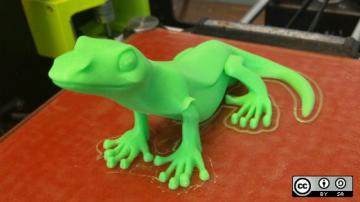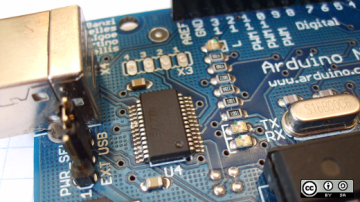
Red Hat employee since 2001. Co-author of "Raspberry Pi Hacks" (O'Reilly, 2014). Currently leading the Education Outreach team at Red Hat to promote FOSS in schools. Maintains or co-maintains a large number of Packages in Fedora (350+), and is responsible for managing Fedora's Legal issues. Frequently represents Fedora and Free Software at conferences around the world, and tries his best not to make too big of a fool of himself. When not working, Tom enjoys geocaching, ice hockey, gaming, science fiction, 3D printing, traveling, and pinball.



Authored Comments
10500 cm3 (25 x 21 x 20 cm or 9.84 x 8.3 x 8 in)
I don't know what the speeds are, but that stat is generally not one that is terribly useful, since the speed is adjustable.
1) There are a lot of new materials coming into the 3d printing space. There are several wood-based filaments (with a small amount of plastic mixed in), metal-based filaments (again, with a small amount of plastic mixed in), even coffee and beer based filaments. I think of it this way: Plastic isn't going away. We can use it responsibly, and dispose of it responsibly, or not. The 3d printer doesn't change that decision, but it does make it easier for you to take more control of _how_ you use plastics in your life.
2) Most people paint the models, rather than trying to do multi-color. There are a few "cheap" multi-color printers, but they're not open source, and you get exactly what you pay for. Both Prusa and Lulzbot offer addons to do multi-color printing (Lulzbot has a dual extruder addon, Prusa has a 4 color mod)